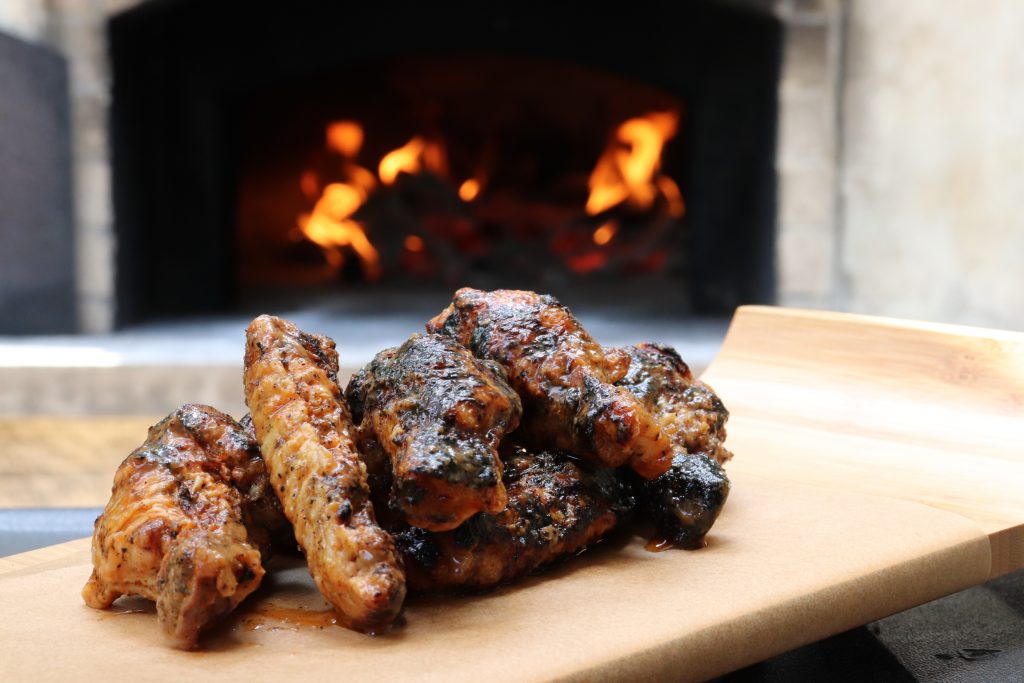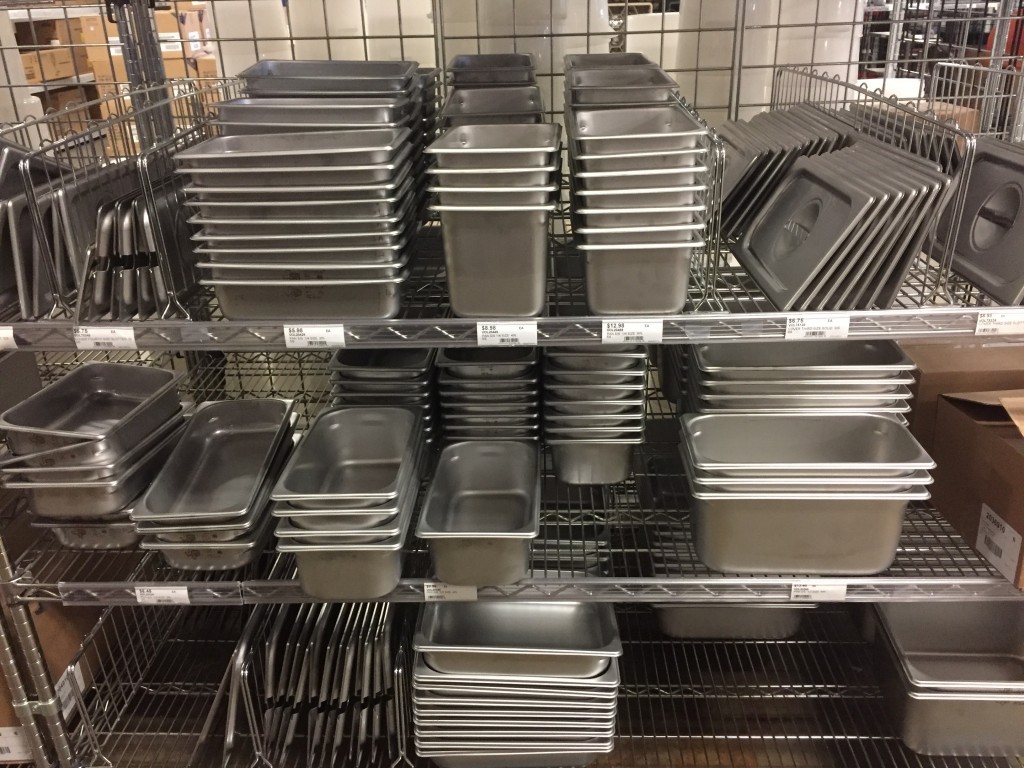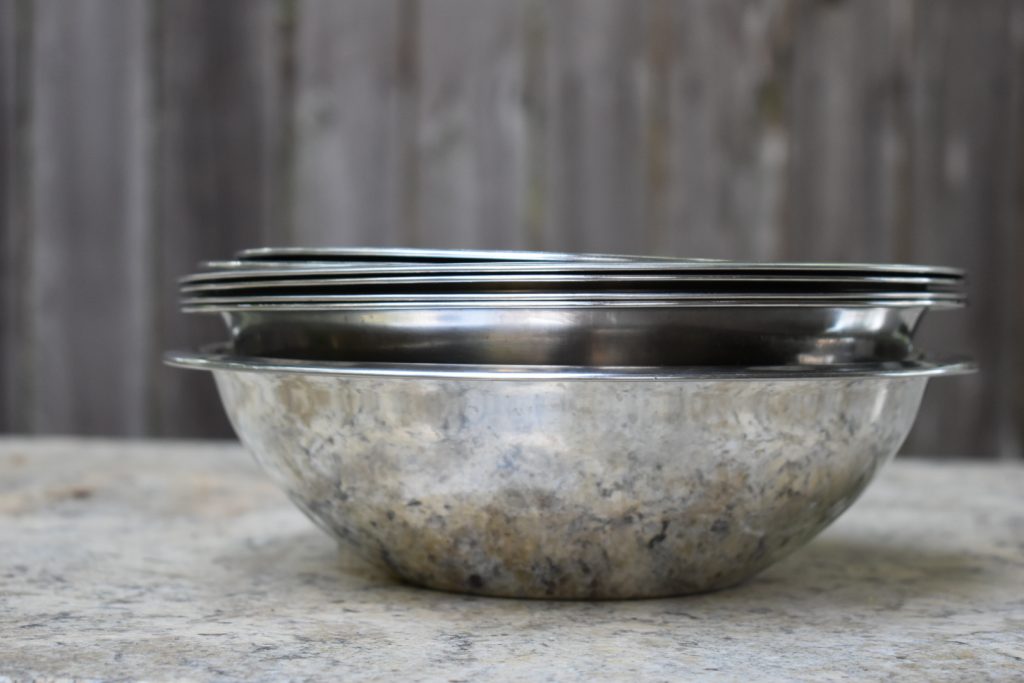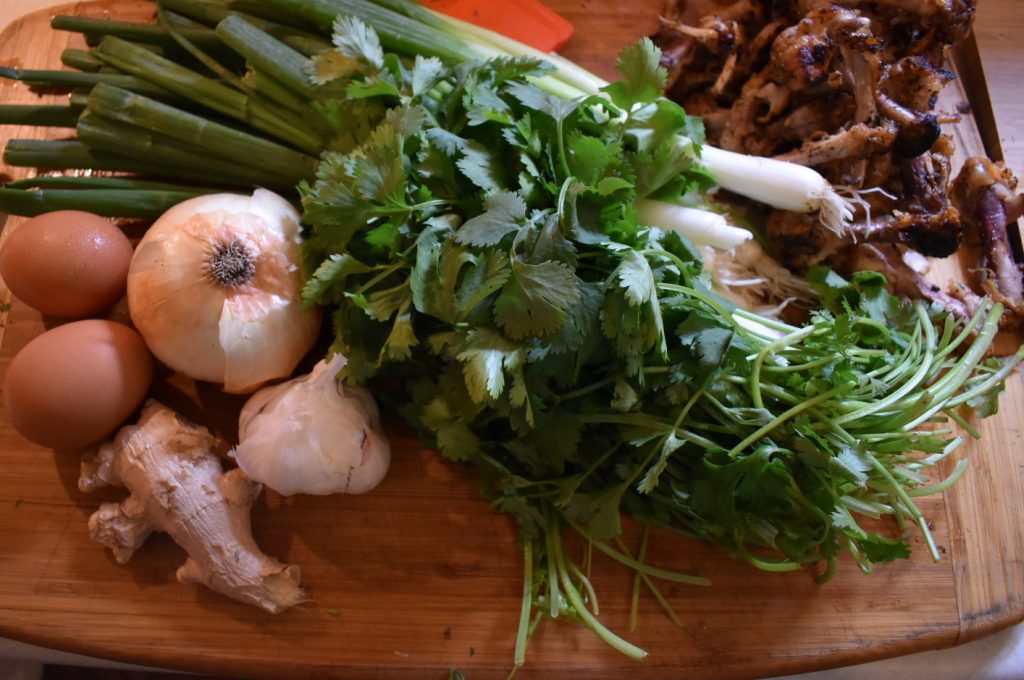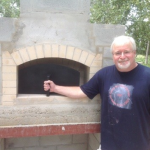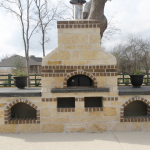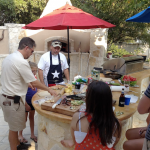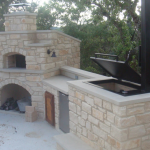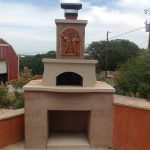Keys to the best wood fired chicken wings
In an earlier blog we discussed our family’s chicken drumsticks vs wood fired chicken wings debate. In that post we landed on the drumstick side, but it’s time for wood fired chicken wings to have their day. The main point of differentiation remains the meat to skin ratio. Almost everyone loves the crispy skin, but preferences revolve around the appeal of more juicy meat (drumsticks) or more sauce (wings). Here’s the thing about wings though…that crispiness represents not just the crackling skin but the beautiful wood-char. It’s magical when hot out of the oven, and truly fantastic when it shows up in meals later in the week…wood fired chicken fried rice anyone?
Chicken drumsticks are quick, easy, and cheap
There is no argument on the value question. Both wood fired chicken wings and chicken drumsticks are affordable and incredibly easy to prep. They are a fun main dish for a crowd, easy on the budget, and lend themselves to all kinds of flavor stylings. Cooking wood fired chicken wings is especially appealing to me because chicken wings are easy to underestimate. Like the ubiquitous chicken Caesar salad on every menu, chicken wings can be disappointing or they can haunt your dreams. I love dishes that rely on technique. Once you know the why behind a dish it’s easy to remember the technique. With these wood fired chicken wings, you can master the key technique just by understanding it.
What makes wood fired chicken wings great?
In his book I’m Just Here for the Food, Alton Brown explains that poultry works best started at high heat and finished at lower temperatures. That is easy to do in a wood-burning oven with multiple cooking zones. Start the wings in a hotter part of the oven, near the fire, and then let them finish in a cooler zone. (For more on this, check out our cooking zones blog.)
Cooking temperature is only the beginning. The real magic happens in advance. If you read our blog regularly, you’ll see many links to Serious Eats. I especially love to read posts by J. Kenji López-Alt. His scientific approach to food focuses on why things work, and in doing so he tests (and often debunks or explains) cooking mandates. His article on baked chicken wings is an example of this approach. Kenji geeks out on how wings get crispy and tests methods for maximizing crispiness when baking as opposed to frying. You can read the full article here.
But for wood fired chicken wings, there are really just a few game-changing keys.
Keys to crispy skin on wood fired chicken wings
Since we are not frying the wings, we need to focus on the techniques for maximizing crispiness on the skin. The biggest key here is to let them rest uncovered in the refrigerator (preferably over night but at least 8 hours). In practice, that just means rinse off the wings, pat them dry with paper towels, and spread them out on a baking sheet in the refrigerator. I like to put a cooling rack on the baking sheet so that the wings can dry all the way around.
The other key is to dust the wings (after rinsing and patting them dry) with a mixture of baking powder, salt, and either garlic powder or pepper (or both). I usually use garlic powder for this because it is fine grained, and most all of the dipping sauces we make either have garlic in them, or taste great with garlic. Tossing the wings in fine powders like garlic powder, baking powder, and salt scuff the surface of the skin creating hundreds of tiny scratches… each of which increases the total surface area. This is the secret to maximizing crispiness (the same thing works for roasting potatoes as oven fries!)
Restaurant supply staples to the rescue
Wood fired chicken wings are another example of a simple meal made even easier by basic supplies from the local restaurant supply store. We cook our wings in basic hotel pans, and toss them in basic metal bowls. These bowls are light and the slope makes it easy to toss wings in small batches. That way you can throw together an assortment of sauces to try.
Cook, toss, serve
The wings cook perfectly sizzling in their own fat. They work well in a shallow hotel pan or rimmed baking sheet. I like to use the pans since it gives you more room to toss the wings so that they cook evening. Once the skins are charred and crispy, you can move the wings to a cooler cooking zone if the meat is not cooked through. Finally, toss them in your favorite sauce and transfer them to a serving platter.
We love to make at least two sauces. Of course melted butter and Frank’s sauce is the classic, but wood fired chicken wings work well with Asian style sauces, and tropical flavors too (think jerk chicken or a pineapple glaze). Here are a few sauce ideas
- Frank’s sauce with butter (the classic)
- brown sugar, sesame oil, ginger, and soy sauce
- orange juice, honey, and soy sauce
- honey, garlic, mustard, and soy sauce
- you can cheat with your favorite BBQ sauce too
You can find more at sites like Food & Wine.
Best wood fired chicken wings three keys
The keys for making the best wood fired chicken wings are simple.
- Dry them out in the refrigerator overnight
- Let baking powder, salt, and garlic powder maximize surface area (read crispiness)
- Cook more than you think you’ll need
Leftover wood fired chicken wings
The first two times we made these wings, I failed to prepare enough to have leftovers. Bummer! We spent the following week wishing we had more wings and thinking about making them again. That is fairly easy to resolve, and in my case the total number of wings I prep is now limited by the room in my refrigerator.
Leftover chicken wings are fantastic on their own, reheated or cold. It makes sense that wing meat from traditional Frank’s-sauce style wings works beautifully as a garnish to a big salad with blue cheese dressing. This is a great way to use small portions of meat, meat as a garnish, to add flavor to a primarily plant-based meal.
But my single favorite application is to use the meat in fried rice. A Vietnamese place near us makes fantastic chicken fried rice and you can taste that wood-grilled flavor. The delicious wood fired chicken elevates comfort food to something truly crave worthy.
When we make wings, we do some portion with an Asian-style sauce (maybe ginger sesame or garlic and orange) and try to keep some leftovers for making fried rice. Frankly, the sauce is not a deal breaker. Leftover wings just work in a quick fried rice with great aromatics, cabbage, egg, and a generous garnish of fresh herbs.
Easy weekend dinner
Wood fired chicken wings make an easy dinner. I especially love them for a casual weekend party. Back in 2012 Dave, his wife, a friend of mine, and I all went to a charity event wing-cook-off at a customer’s home. Ever since then, I’ve been thinking about making giant batches of wings. The chefs there tossed dozens of wings at a time in deeper restaurant pans, keeping them moving and cooking evenly. They had stacks of metal bowls for tossing the crispy cooked wings in various sauces, and fed tables full of people. What a great event. I love being able to recapture the casual feel of that relaxed party, and leave people saying, “Wow… wow! These wings are fantastic!”


